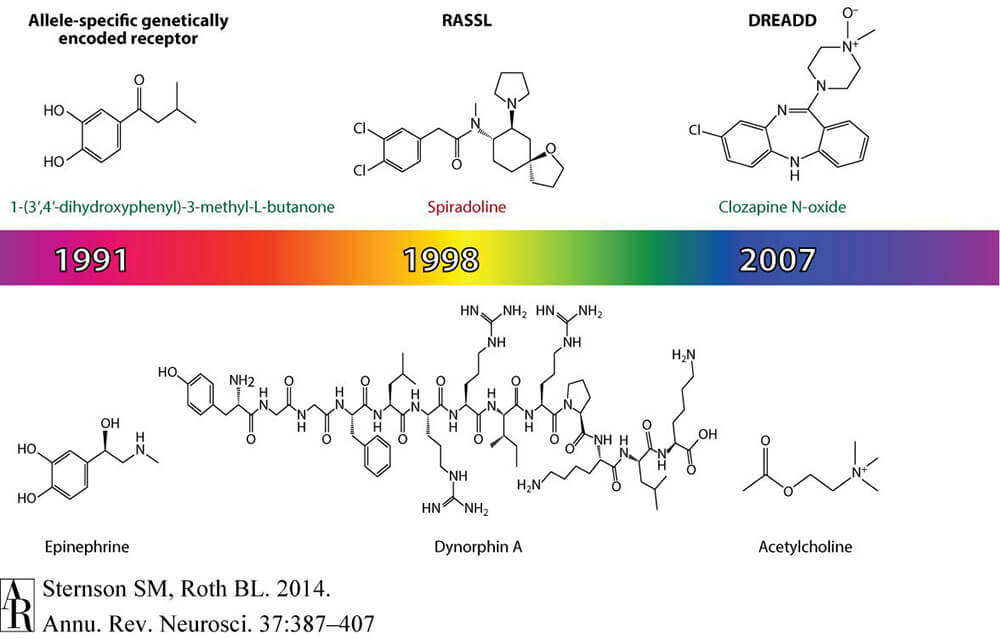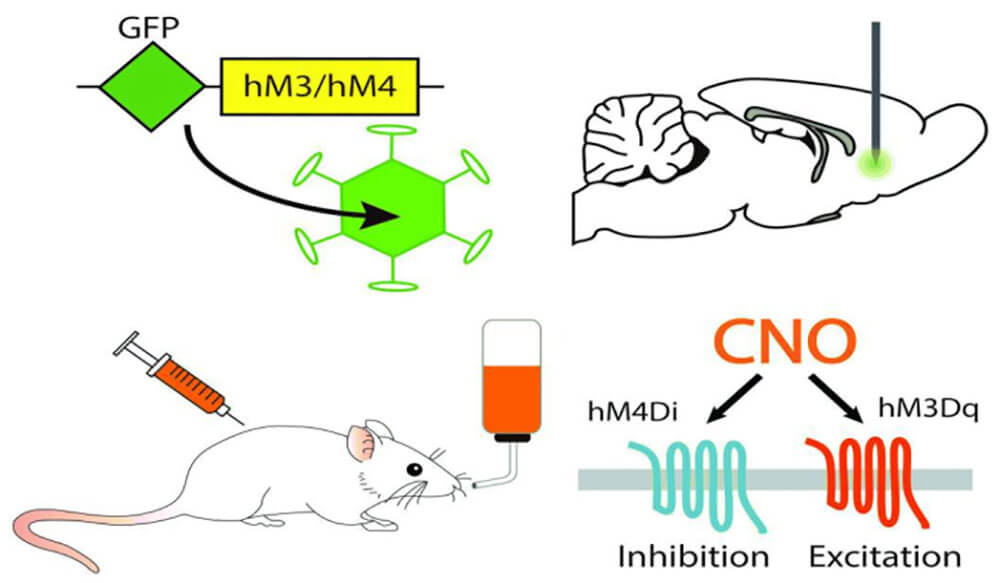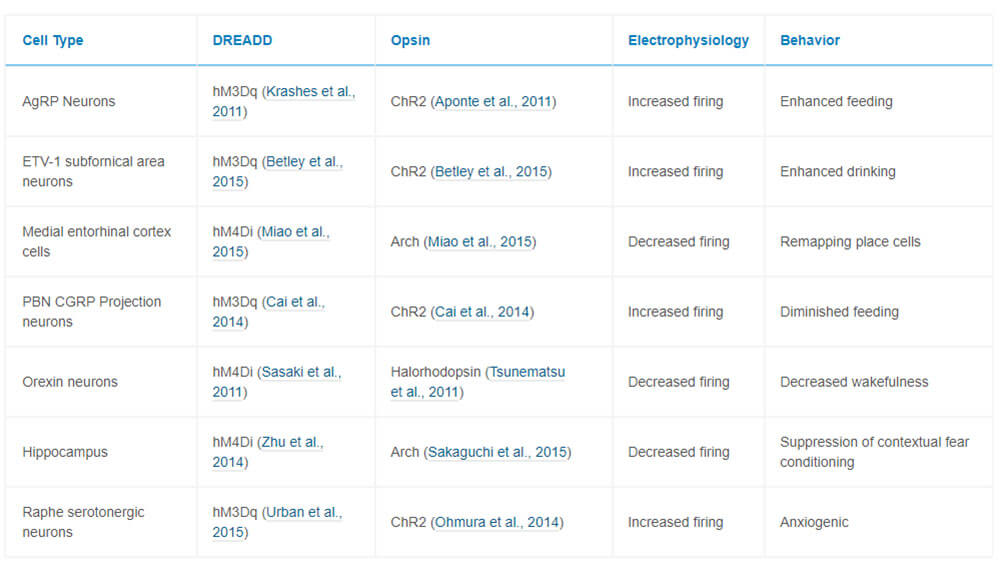- E-mail:BD@ebraincase.com
- Tel:+8618971215294
Chemical genetics, also known as pharmacogenetics, uses small molecule active compounds as probes to affect the function of target proteins in various ways to explore and control cellular processes. This technology is a process of modifying some biological macromolecules so that they can interact with previously unrecognized small molecules, thereby controlling the activity of biological macromolecules. In addition to revealing the basic activity patterns of life, these small molecule compounds may also become drug candidates and be used in drug development.
With the closer integration of biology and chemistry, a large number of artificially modified receptors that can activate exogenous substances and regulate cellular pathways have been obtained by modifying the original ligands and receptors of organisms. Currently modified receptors include protein kinases, nucleic acid hybrids, various metabolic enzymes and G protein-coupled receptors. There are many chemical genetic receptors modified based on G protein-coupled receptors, starting from allele-specific receptors constructed in 1991 Allele-specific activation of genetically encoded receptors, receptors activated solely by synthetic ligands (RASSLs) constructed in 1998, and genetically engineered receptors (RASSLs) Engineered receptors), and then to the Designer receptor sexclusively activated by designer drugs (DREADDs) built in 2007 (Figure 1). DREADDs have now become the most widely used chemical genetics technology.

Figure 1. Artificial receptors obtained by chemically genetically modifying natural receptors (BryanL.Roth.Annu.Rev.Neurosci.2014)
DREADDs technology refers to the activation or inhibition of DREADDs receptors by only the specific drug Clozapine-N-oxide (CNO). These activated or inhibited receptors will selectively act on different GPCR levels. Linked reactions to regulate cell signal transduction, including activation of Gq, Gi, Gs, Golf and β-arrestin. Commonly used DREADDs and their ligands (Figure 2). The most widely used are Gq-DREADD and Gi-DREADD.

Figure 2. Commonly used DREADDs and their ligands (BryanL.Roth.Neuron.2016)
1.Gq-DREADD (hM3Dq)
The hM3Dq is an artificial receptor (DREADD) modified from the human muscarinic acetylcholine receptor M3 (hM3D) that only responds to CNO and is no longer activated by acetylcholine. In some neurons, CNO binds to hM3D and activates the Gq protein-coupled phosphatase PLCβ, causing PIP2 to be degraded, thereby opening the KCNQ outward potassium ion channel closed by PIP2, causing the cell membrane to depolarize and form an action potential. . In neurons that do not express KCNQ or Gq, the function of hM3D may be different.
2.Gi-DREADD (hM4Di)
The hM4Di is an artificial receptor (DREADD) modified from the human muscarinic acetylcholine receptor M4 (hM4D) that only responds to CNO and is no longer activated by acetylcholine. In some neurons, CNO binds to hM4D and activates the Gi protein-coupled inward potassium channel GIRK, hyperpolarizing the cell membrane and inhibiting the firing of action potentials in neuronal cells. In cells that do not express GIRK or Gi, hM4D functions differently.
3. Experimental procedures for chemical genetics technology
Neurons are activated or inhibited by activating or inhibiting DREADDs receptors. To achieve the purpose of activating or inhibiting DREADDs receptors, the corresponding DREADDs receptors must be selected.

Figure 3. Experimental steps of chemical genetics
-Advantage:
-Shortcoming:

Table 1. Application cases of chemical genetics and optogenetic technology regulation (BryanL.Roth.Neuron.2016)
Brain Case offers experimental services including optogenetic and chemogenetic manipulation, fiber photometry for calcium and neurotransmitter signal recording, EEG, EMG, and patch-clamp electrophysiology. These services are well-suited for studies of neural activity and function, as well as for evaluating neuropharmacological and neurotoxicological effects.